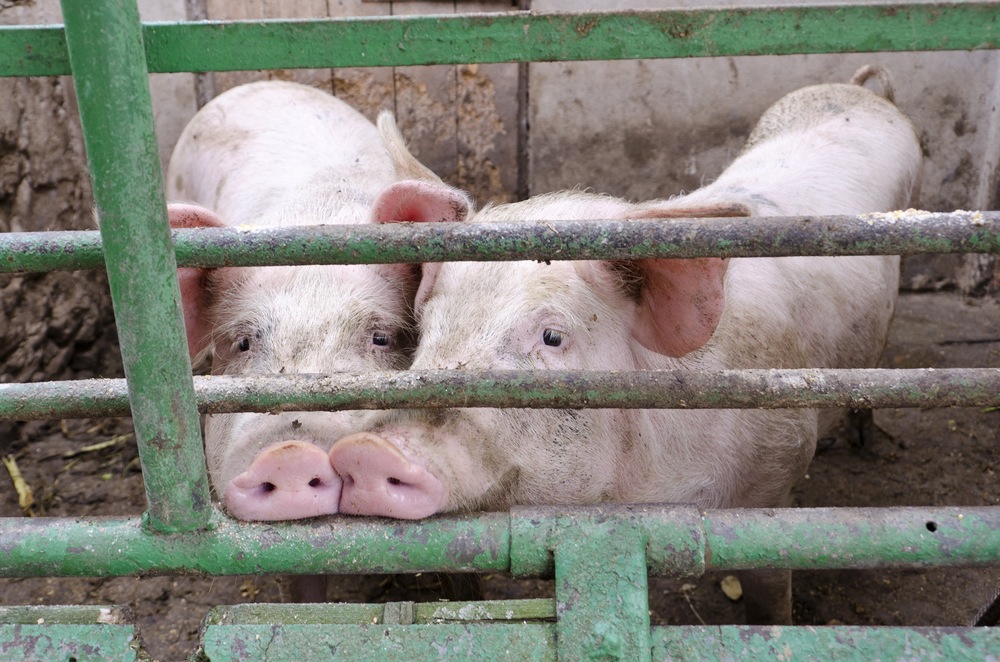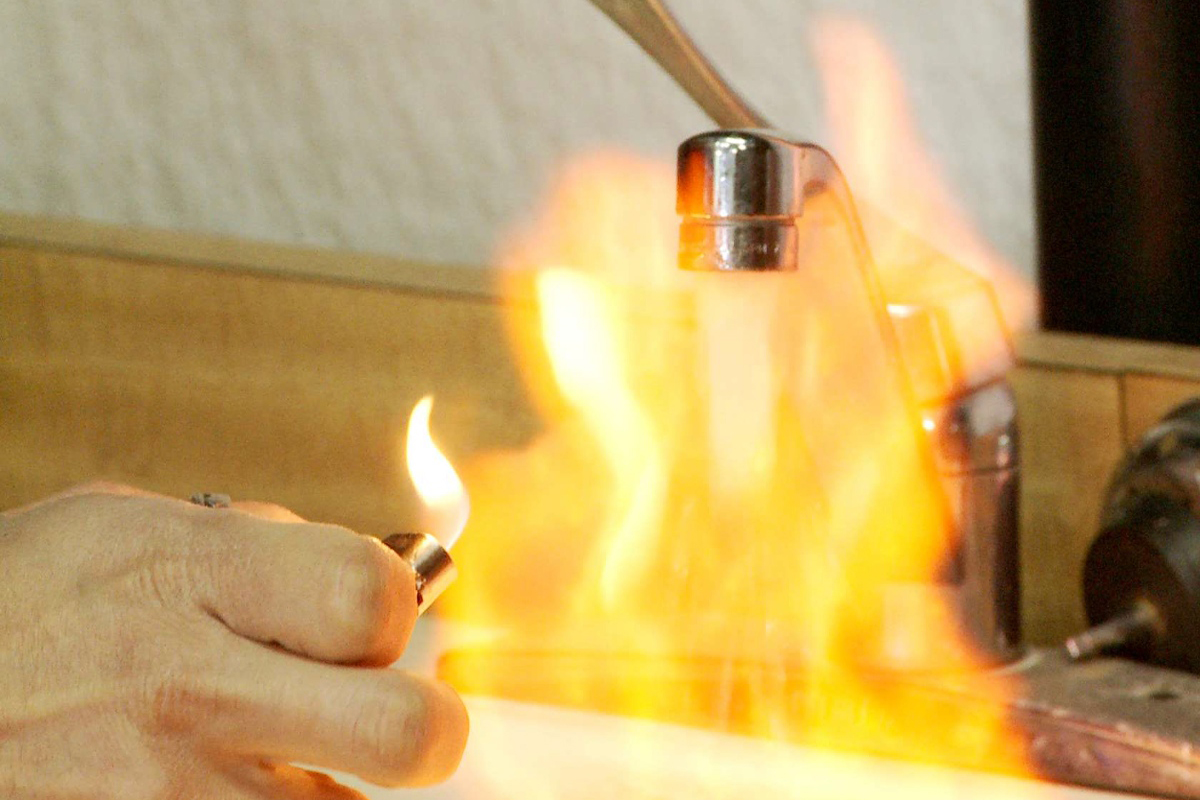Remember the scene in the movie Gasland where the guy lights his tapwater on fire? No? Here it is:
That footage helped ignite the grassroots movement against fracking, a controversial technology that shoots a slurry of water mixed with sand and laced with toxic chemicals into underground shale formations to shatter the rock and release natural gas.
The only problem with this by-now-iconic image is that the faucet pyrotechnics may actually have been made possible by a natural phenomenon: The guy’s house is perched thousands of feet above a double seam of coal, according to the Colorado Department of Environmental Protection, and methane from underground coal and gas formations occasionally bubbles up through cracks in the earth and into people’s water wells — no fracking required. (Kids in Pennsylvania have apparently been torching their water for generations.)
Then again, the flaming tapwater may indeed result from fracking in the Colorado man’s neighborhood. The point is, nobody knows.
There are a lot of things about fracking that we don’t know. And a lot of what we think we know we don’t. Not yet, anyway. This is the unsettling conclusion of a major new study published today in the journal Science.
The authors, a team of researchers from Pennsylvania, tell us that we don’t know nearly what we should at this stage, given that massive swaths of the U.S. are already being fracked — and that most of that fracking is going on virtually unregulated by states which, tipsy on the revenue bonanza from the drilling, have been giving gas companies what amounts to a free pass. In Pennsylvania, for example, the supervision of the gas industry is so lax that the state does not even know where all of its estimated 150,000 wells are located. Companies are asked to provide this information, but a Pittsburgh paper reports that many simply don’t bother.
The federal government has not been much better. The infamous “Halliburton loophole” pushed through by former Vice President Dick Cheney exempts fracking from regulation by the EPA under the Safe Drinking Water Act.
Until now, the feds have not even required companies to disclose what chemicals they are using on public lands. The Interior Department released a new draft rule this week that would require companies to reveal this information, but some environmental groups complain that, even under the new rules, companies would still be able to hide this vital information by calling it a “trade secret.”
Knowing the exact composition of the fracking fluids is crucial to allowing scientists and regulators to test and assess the impacts of fracking, says the study’s lead author, Radisav Vidic, a professor of environmental engineering at the University of Pittsburgh. It remains unclear whether the new administration rules will clear this up or not.
Another piece of essential, but missing information is what exactly happens to half of the roughly 7 million gallons of chemical-infused water that stays underground after a well is fracked. (The other half migrates up the well pipe in a weeks-long process called “flowback.”) Geologists believe that a lot of the unaccounted-for water gets sopped up by the somewhat porous shale. However, a portion of it may eventually percolate back up toward the surface — as the methane from coal formations sometimes does — and find its way into the groundwater.
Gas companies argue that this is impossible, since the fracking wells are drilled up to a mile deep, where the gas is found, separated from the far shallower groundwater by thousands of feet of solid rock. But the geology turns out to be more complicated, according to Science. There may be fractures in the rock that allow tainted fracking water to make its way into the aquifer over time. “We need to know more about the flow patterns underground,” says Vidic.
Just as important as what drillers are leaving in the ground is the quality of what comes gushing out again, which Vidic says is “many, many times worse” than the water that gets injected into the wells in the first place. That’s because, once in the earth, fracking fluids are further tainted by a variety of salts, organic compounds, benzene, barium, strontium — and in the case of the Marcellus shale formation, which stretches from West Virginia to New York, high levels of radium 226, which makes the wastewater so radioactive that it may endanger the workers in water treatment plants who are in contact with it.
In some places out west, this highly toxic wastewater is pumped back into deep “injection wells,” where, we hope, it remains permanently interred. This is the apparent cause of some of the fracking-induced earthquakes that we’ve been hearing about. In Pennsylvania and much of the East, however, the water gets processed in waste treatment plants either to be reused or discharged into rivers. When that wastewater is spilled or inadequately treated, surface water gets fouled.
Vidic says that the vast majority of these spills are minor and easily cleaned up. But others are not so innocent, nor harmless. In one egregious example, a company intentionally discharged fracking wastewater into Dunkard Creek, which corkscrews for 40 miles along the Pennsylvania-West Virginia border, killing the life in the stream and much of what grew along its banks.
In other incidents, the Pennsylvania researchers say, fracking fluids have mixed with groundwater due to pipe leakage, well blowouts, and spills from surface impoundments and trucks. They report high levels of bromide and salt in the Allegheny River watershed, which may in part be the result of such accidental spills — but, you guessed it, we don’t know.
The authors of the study want states to enhance their ability to monitor groundwater, and to share information about potential problems. They also want better science about what exactly happens to the used fracking water that gets left underground. Until we get this hard data, they say, we won’t know if spills and other accidents are rare occurrences or everyday events.
Until then, the jury will still be out on whether fracking is the blessing that the industry makes it out to be, or the curse that some in the environmental movement fear it is.



